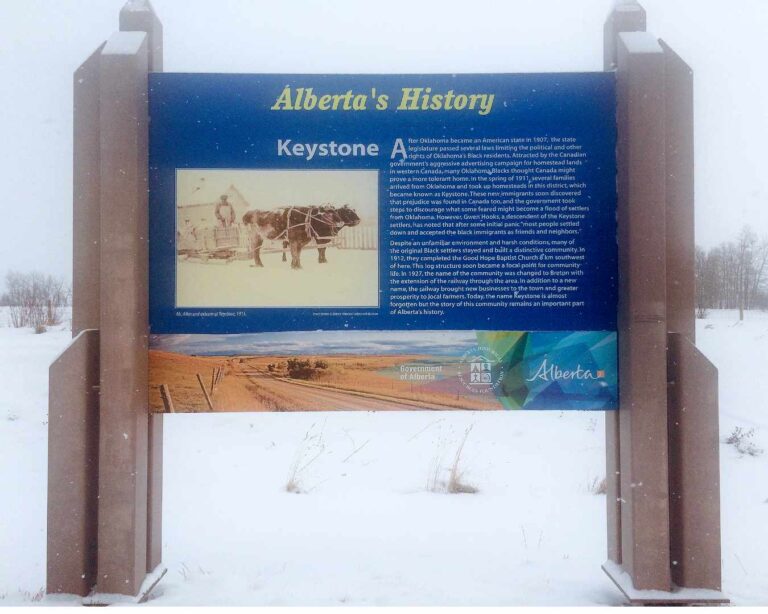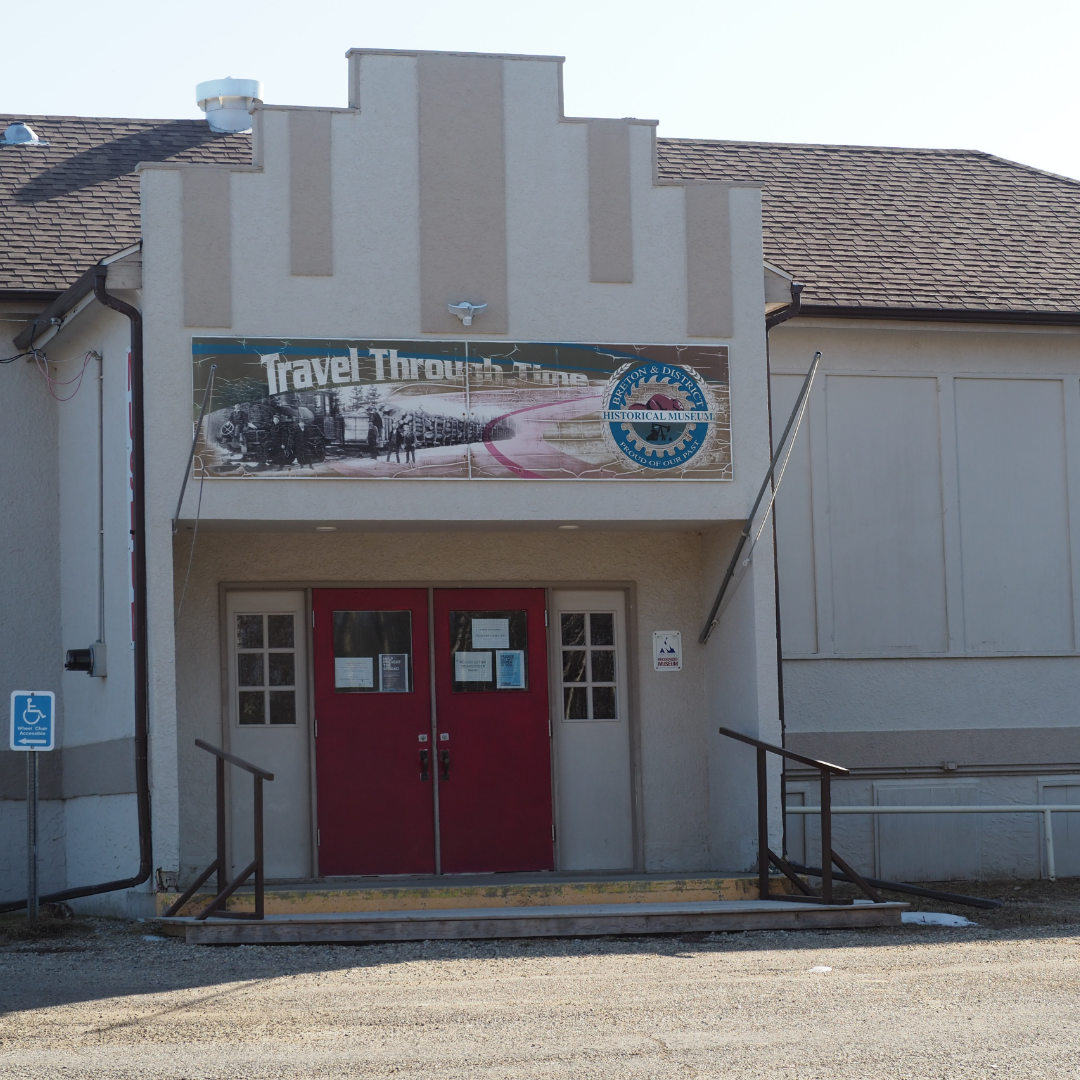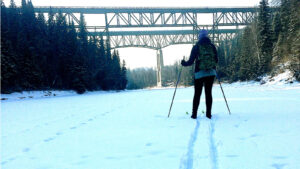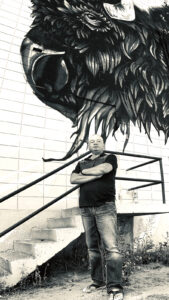The legacy of the Keystone area dates back to the early 1900s when African Americans immigrated to the area from Oklahoma and Kansas. Early pioneers arriving in Edmonton filed for homesteads in the Keystone (Breton) area. They began clearing the land and building homes. “As there were no roads, no railroads and no Breton the men had to cut trails to get to their homestead,” as retold by Emma King in the “Ladder of Time”.
In modern times this is not the case, and so our self directed tour begins on Hwy 39 just east of the Alsike, Alberta.
Alberta Heritage Moment
There is a rest stop that features two signs on the history of the area. One talks about the black migration and the other about the Breton Plots. The signs take only a few moments to read and will give you a general understanding of the historical significance of Breton, Alberta.
Sam Hooks Ravine
Located in the heart of Breton straddling north and south is a bridge over the “Sam Hooks” Ravine. On the north side of the ravine is a commemorative plaque recognizing the old homestead. The ravine is nestled within tall trees and is a beautiful place for a walk.
“By the time the railroad came in 1927 the Village of Breton had begun on the homestead of Sam Hooks. The blacksmith shop was right behind the garden. Conditions improved for the Hooks too. In the late twenties, the family built a new eight room house overlooking the valley. Unfortunately, this landmark was destroyed by fire October, 23, 1974,” members of the Hooks family, in the “Ladder of Time.”

Breton Museum
From the ravine you can walk or drive to the Breton Historical Museum. The museum is open during specific days of Black History Month (February) and the summer months and. The museum began in 1987, and is still operated out of a historic two-room school.
There is a lot of heritage that is wrapped up in the building and it begins with a wooden staircase that takes you to the rooms with the artifacts. One room brings the lumbering and pioneering history to life and the other room is a comprehensive catalogue of the black families that settled the area. I have been to this museum four or five times and every time I go it sparks some discussion about racial tolerance, the fortitude of the pioneer spirit and grit.
Keystone Cemetery
Among the first of the black pioneers to come to Keystone were William and Mattie Allen. The cemetery straddles both the Allen homestead and the Brisco homestead. “Mr. Allen Sr. and daughter, Bertie, passed away in Keystone and were buried in the Keystone Cemetery. Most of Allens moved to B.C. when they left Keystone,” as told by Emma King in the “Ladder of Time.” King’s husband Charlie was also one of the key individuals that worked to establish the cemetery in Keystone.
Preservation of the Keystone Cemetery was a project taken on by the Breton Historical Society following the publication of the “Ladder of Time.” The Keystone cemetery was used by the black families who first settled the area. The cemetery was established in 1912. The historical society recognized its significance and took steps to clean it up and establish a commemorative cairn that recognizes the black families that are resting there. The identity of some of the people resting here is a mystery.
Tour Information
The self directed tour could be a 1/2 day to a full day. It does require a car as some of the locations are far apart. It is best to find a time when the museum is open and you can have a conversation with the directors, they are full of knowledge about the area and its history.
The community of Breton has several restaurants, a grocery store and parks where you can grab a bite to eat.







